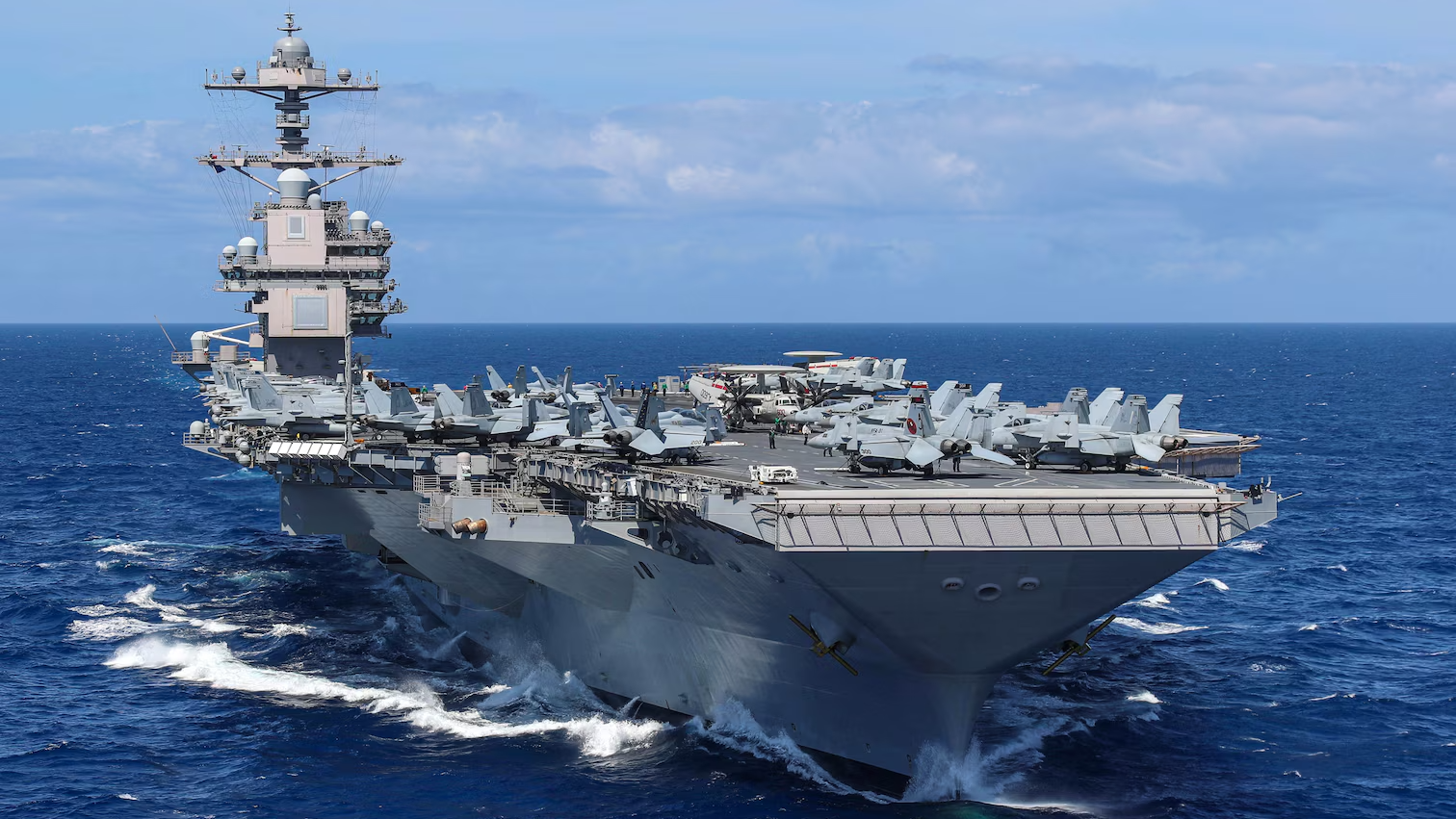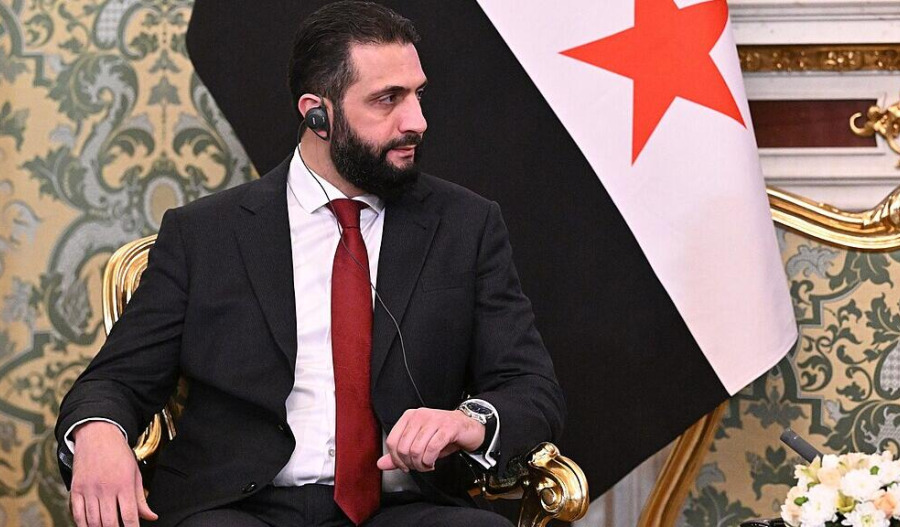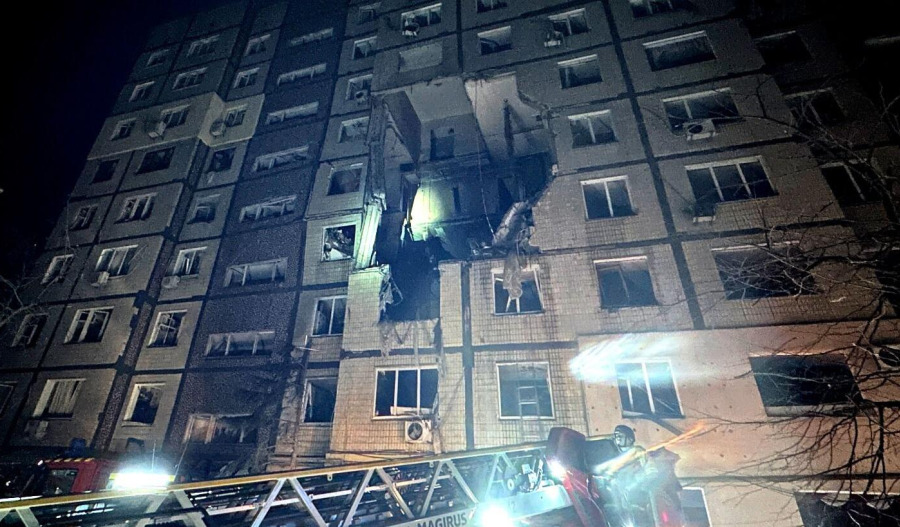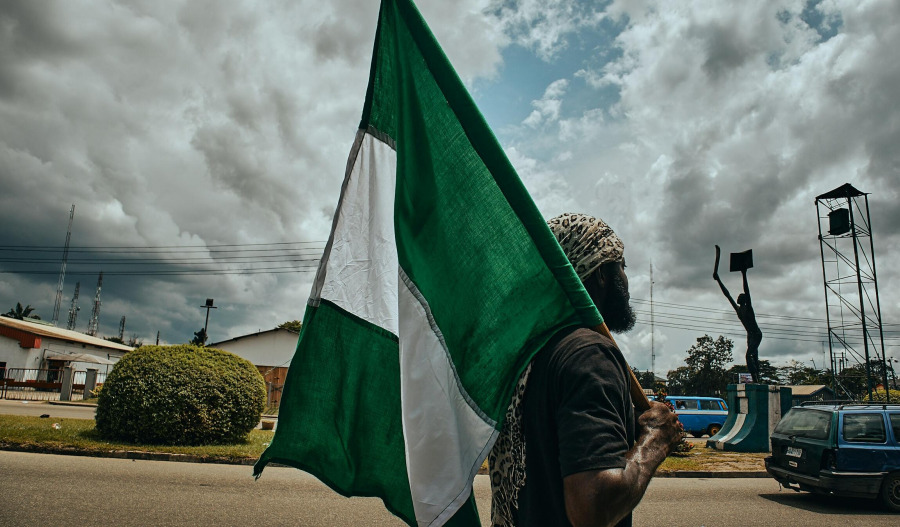The Gerald Ford aircraft carrier strike group has moved into the Latin America region, United States officials confirmed on Tuesday, dramatically escalating a military buildup that has deepened tensions with Venezuela.
The deployment was ordered by President Donald Trump last month and adds the world's largest aircraft carrier to a formidable presence that already includes eight warships, a nuclear submarine, and F-35 aircraft in the Caribbean.
The Pentagon confirmed the carrier's arrival, stating its purpose was to help “disrupt narcotics trafficking and degrade and dismantle Transnational Criminal Organizations”.
Venezuelan President Nicolas Maduro has repeatedly alleged the U.S. buildup is designed to drive him from power.
Washington has exerted significant pressure on Maduro, whom it accuses of links to drug trafficking. In August, the U.S. doubled its reward for information leading to his arrest to US$50 million.
Maduro denies the allegations.
The U.S. military has already carried out at least 19 strikes against suspected drug vessels in the region, killing at least 76 people.
When the Ford's deployment was first announced, Maduro warned that if the U.S. ever intervened, “millions of men and women with rifles would march across the country.”
According to sources and planning documents, Venezuela is preparing to mount a guerrilla-style resistance using decades-old Russian-made weapons in the event of a U.S. attack.
Tensions have also spiked with Venezuela's neighbour, Colombia.
President Trump and Colombian President Gustavo Petro have traded barbs, with Trump imposing sanctions on Petro, calling him an “illegal drug leader.”
The leftist Colombian president, in turn, has accused the U.S. of committing "murder" with its strikes.
A Reuters visual investigation suggests the U.S. may be preparing for sustained operations, revealing upgrades to a long-abandoned former Cold War naval base in the Caribbean.
The deployment of the Ford is a highly overt demonstration of U.S. military readiness.
With only 11 aircraft carriers in the U.S. arsenal, their schedules are usually set well in advance, making the administration's surprise announcement unusual.
The Gerald Ford, commissioned in 2017, holds more than 5,000 sailors and over 75 military aircraft, including F-18 Super Hornet jets and the E-2 Hawkeye early warning system.
Its supporting strike group includes the Ticonderoga-class guided-missile cruiser Normandy and Arleigh Burke-class destroyers, which provide sophisticated surface-to-air, surface-to-surface, and anti-submarine warfare capabilities.



